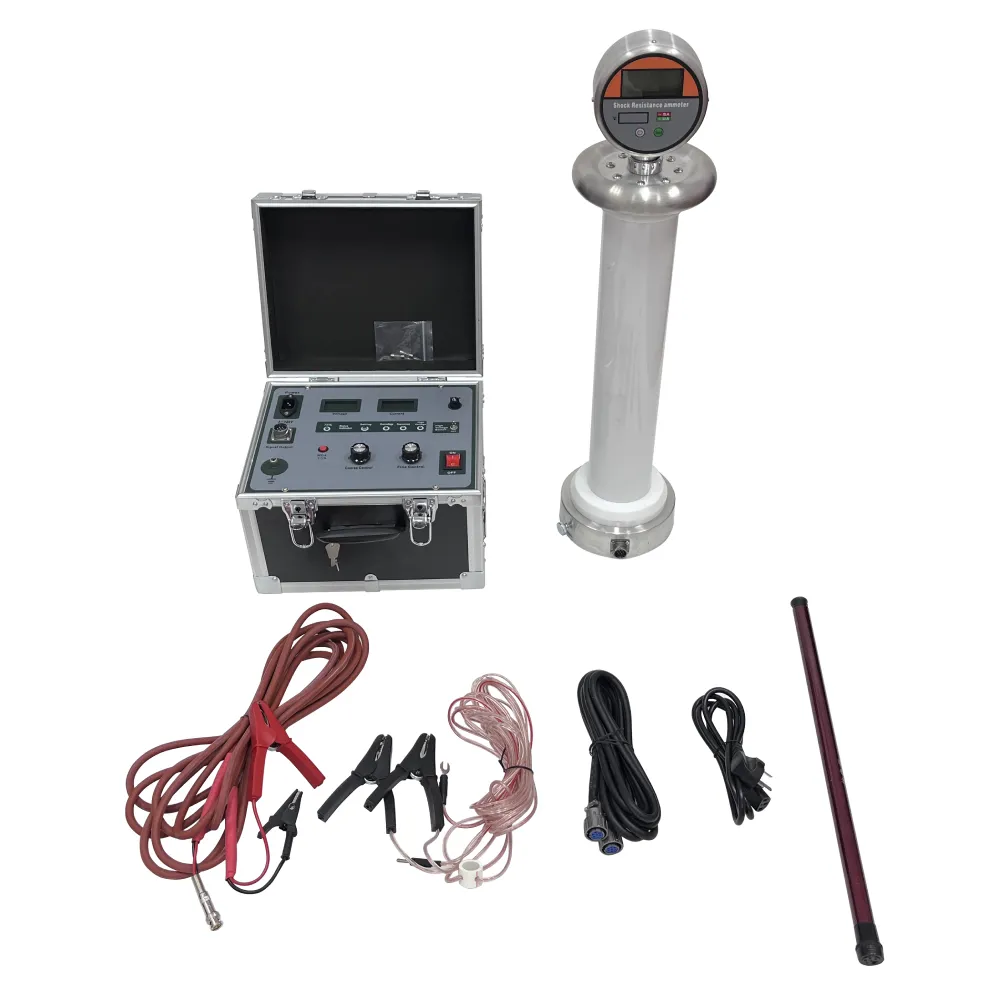 English
English



-
 Afrikaans
Afrikaans -
 Albanian
Albanian -
 Amharic
Amharic -
 Arabic
Arabic -
 Armenian
Armenian -
 Azerbaijani
Azerbaijani -
 Basque
Basque -
 Belarusian
Belarusian -
 Bengali
Bengali -
 Bosnian
Bosnian -
 Bulgarian
Bulgarian -
 Catalan
Catalan -
 Cebuano
Cebuano -
 China
China -
 China (Taiwan)
China (Taiwan) -
 Corsican
Corsican -
 Croatian
Croatian -
 Czech
Czech -
 Danish
Danish -
 Dutch
Dutch -
 English
English -
 Esperanto
Esperanto -
 Estonian
Estonian -
 Finnish
Finnish -
 French
French -
 Frisian
Frisian -
 Galician
Galician -
 Georgian
Georgian -
 German
German -
 Greek
Greek -
 Gujarati
Gujarati -
 Haitian Creole
Haitian Creole -
 hausa
hausa -
 hawaiian
hawaiian -
 Hebrew
Hebrew -
 Hindi
Hindi -
 Miao
Miao -
 Hungarian
Hungarian -
 Icelandic
Icelandic -
 igbo
igbo -
 Indonesian
Indonesian -
 irish
irish -
 Italian
Italian -
 Japanese
Japanese -
 Javanese
Javanese -
 Kannada
Kannada -
 kazakh
kazakh -
 Khmer
Khmer -
 Rwandese
Rwandese -
 Korean
Korean -
 Kurdish
Kurdish -
 Kyrgyz
Kyrgyz -
 Lao
Lao -
 Latin
Latin -
 Latvian
Latvian -
 Lithuanian
Lithuanian -
 Luxembourgish
Luxembourgish -
 Macedonian
Macedonian -
 Malgashi
Malgashi -
 Malay
Malay -
 Malayalam
Malayalam -
 Maltese
Maltese -
 Maori
Maori -
 Marathi
Marathi -
 Mongolian
Mongolian -
 Myanmar
Myanmar -
 Nepali
Nepali -
 Norwegian
Norwegian -
 Norwegian
Norwegian -
 Occitan
Occitan -
 Pashto
Pashto -
 Persian
Persian -
 Polish
Polish -
 Portuguese
Portuguese -
 Punjabi
Punjabi -
 Romanian
Romanian -
 Russian
Russian -
 Samoan
Samoan -
 Scottish Gaelic
Scottish Gaelic -
 Serbian
Serbian -
 Sesotho
Sesotho -
 Shona
Shona -
 Sindhi
Sindhi -
 Sinhala
Sinhala -
 Slovak
Slovak -
 Slovenian
Slovenian -
 Somali
Somali -
 Spanish
Spanish -
 Sundanese
Sundanese -
 Swahili
Swahili -
 Swedish
Swedish -
 Tagalog
Tagalog -
 Tajik
Tajik -
 Tamil
Tamil -
 Tatar
Tatar -
 Telugu
Telugu -
 Thai
Thai -
 Turkish
Turkish -
 Turkmen
Turkmen -
 Ukrainian
Ukrainian -
 Urdu
Urdu -
 Uighur
Uighur -
 Uzbek
Uzbek -
 Vietnamese
Vietnamese -
 Welsh
Welsh -
 Bantu
Bantu -
 Yiddish
Yiddish -
 Yoruba
Yoruba -
 Zulu
Zulu
pressure test of transformer
Pressure Test of Transformers
Transformers are crucial components in electrical engineering, serving to transfer electrical energy between circuits through electromagnetic induction. As energy demands rise and electrical systems become more complex, the reliability and efficiency of transformers have gained paramount importance. One essential procedure for ensuring a transformer's integrity is the pressure test, a method designed to identify potential weaknesses or failures within the unit.
Understanding the Pressure Test
The pressure test, sometimes referred to as a hydrostatic test, evaluates the ability of a transformer to withstand both operational and environmental stresses without leaking or failing. This test involves filling the transformer tank with water or oil and then pressurizing it to a specific level. The process helps detect weaknesses in weld joints, seals, and other critical components of the transformer that may not be visible during standard inspections.
Importance of the Pressure Test
1. Ensuring Safety Safety is the top priority when it comes to high-voltage equipment. A defective transformer can lead to catastrophic failures, resulting in both economic losses and safety hazards. The pressure test is integral to preventing such incidents by verifying the structural integrity of the transformer before it goes into operation. 2. Preventing Oil Leaks Transformers are usually filled with insulating oil designed to manage the cooling and electrical insulation. If the transformer develops leaks, it can lead to contamination of the environment and compromise the efficiency of the system. A pressure test ensures that the seals and joints maintain their integrity, thereby minimizing the risk of oil leaks.
3. Quality Assurance Conducting pressure tests as part of the manufacturing process serves as a quality assurance measure. It helps manufacturers identify defects before the unit is deployed, ensuring that only high-quality transformers reach the market. This, in turn, maintains the manufacturer's reputation and reduces warranty claims and after-sales issues.
Procedure for Conducting a Pressure Test
pressure test of transformer

The pressure testing process typically involves the following steps
1. Preparation Prior to testing, transformers must be thoroughly cleaned and inspected to remove any debris or contaminants. This ensures accurate test results and helps prevent damage during testing.
2. Filling The transformer tank is filled with water or oil. The choice of medium depends on the specific testing requirements and the design of the transformer.
3. Pressurization The transformer is then pressurized to a predetermined level, which is often higher than the maximum operating pressure. The duration of the pressure application typically ranges from 30 minutes to a few hours, allowing sufficient time for any leaks to develop.
4. Inspection After the pressurization period, the exterior of the transformer is inspected for any signs of leakage. This may include visual inspections and using sensors or other electronic devices to detect subtle changes in pressure.
5. Documentation The results of the pressure test are meticulously documented, noting any anomalies or observed leaks. This documentation is crucial for quality control and serves as a record for future reference.
Conclusion
The pressure test of transformers is a vital step in ensuring the reliability and safety of electrical systems. As the backbone of modern electricity distribution, transformers must meet stringent safety and operational standards. By identifying potential issues early in the production process, manufacturers can prevent failures that could lead to costly damage and safety hazards. As technology advances and electricity demands continue to grow, the importance of rigorous testing, including pressure tests, will only increase. Thus, investing in robust testing procedures is essential for maintaining the performance and longevity of transformers in our ever-evolving energy landscape.
-
Testing Equipment Industry Sees Major Advancements in 2025: Smart & Precision Technologies Lead the WayNewsJun.06,2025
-
Applications of Direct Current Generators in Renewable Energy SystemsNewsJun.05,2025
-
Hipot Tester Calibration and Accuracy GuidelinesNewsJun.05,2025
-
Digital Circuit Breaker Analyzer Features and BenefitsNewsJun.05,2025
-
Benefits of Real-Time Power Quality Monitoring Devices for Industrial EfficiencyNewsJun.05,2025
-
Earth Fault Loop Testing in High-Rise Building Electrical SystemsNewsJun.05,2025



